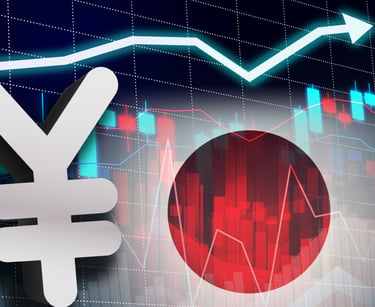How the Weak Yen Is Boosting Japan’s Inbound Tourism
10/16/20251 min read


In recent years, Japan’s yen has fallen to its lowest levels in decades against major currencies such as the US dollar and the euro. While this poses challenges for Japanese consumers and businesses that rely on imports, it has created a golden opportunity for inbound tourism.
For travelers from abroad, Japan has never been more affordable. A meal that once cost $20 might now be closer to $13, and luxury experiences—such as staying in a ryokan, enjoying omakase sushi, or taking guided cultural tours—suddenly feel like incredible bargains. As a result, Japan has seen a surge in foreign visitors seeking to make the most of the favorable exchange rate.
According to tourism data, visitor numbers have rebounded strongly, with record spending from overseas tourists. Cities like Tokyo, Kyoto, and Osaka remain top destinations, but travelers are also exploring smaller, lesser-known areas such as Nagasaki, Kanazawa, and Takayama, attracted by their authenticity and charm.
The weak yen has also encouraged longer stays. Since daily expenses are lower, many travelers extend their trips by several days, spending more on experiences rather than souvenirs. This trend benefits local economies across the country, especially regional cities that rely on tourism.
However, the currency situation also presents some challenges. Popular tourist spots are becoming crowded again, and accommodation prices in major cities have started to rise due to high demand. For the tourism industry, the key will be to balance this growing popularity with sustainable practices and fair pricing.
In short, the weak yen has made Japan one of the best-value destinations in the world. For visitors, it’s a perfect time to experience Japan’s world-class hospitality, unique traditions, and stunning natural beauty—while for Japan, it’s an opportunity to share its culture with the world more widely than ever before.
